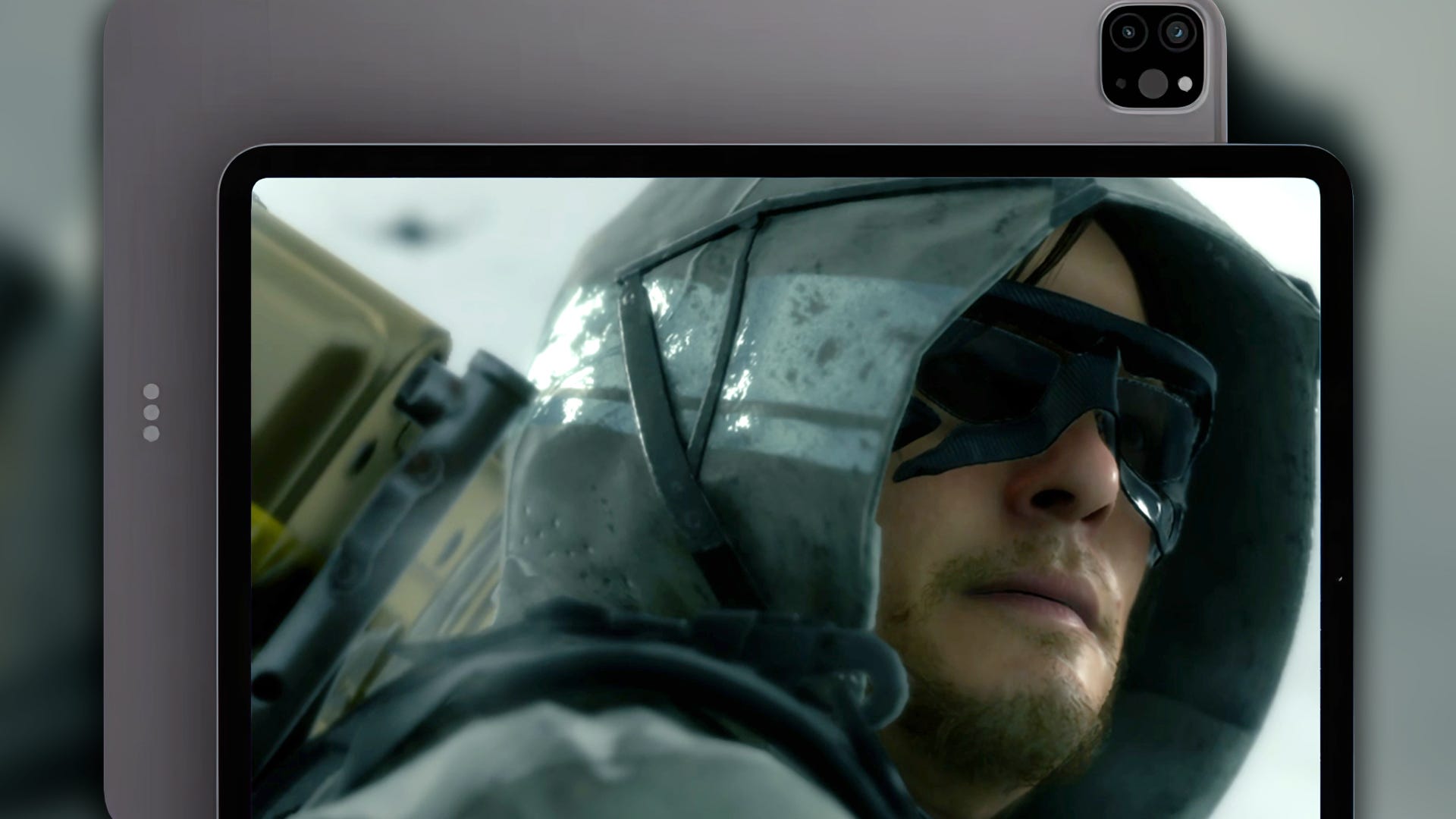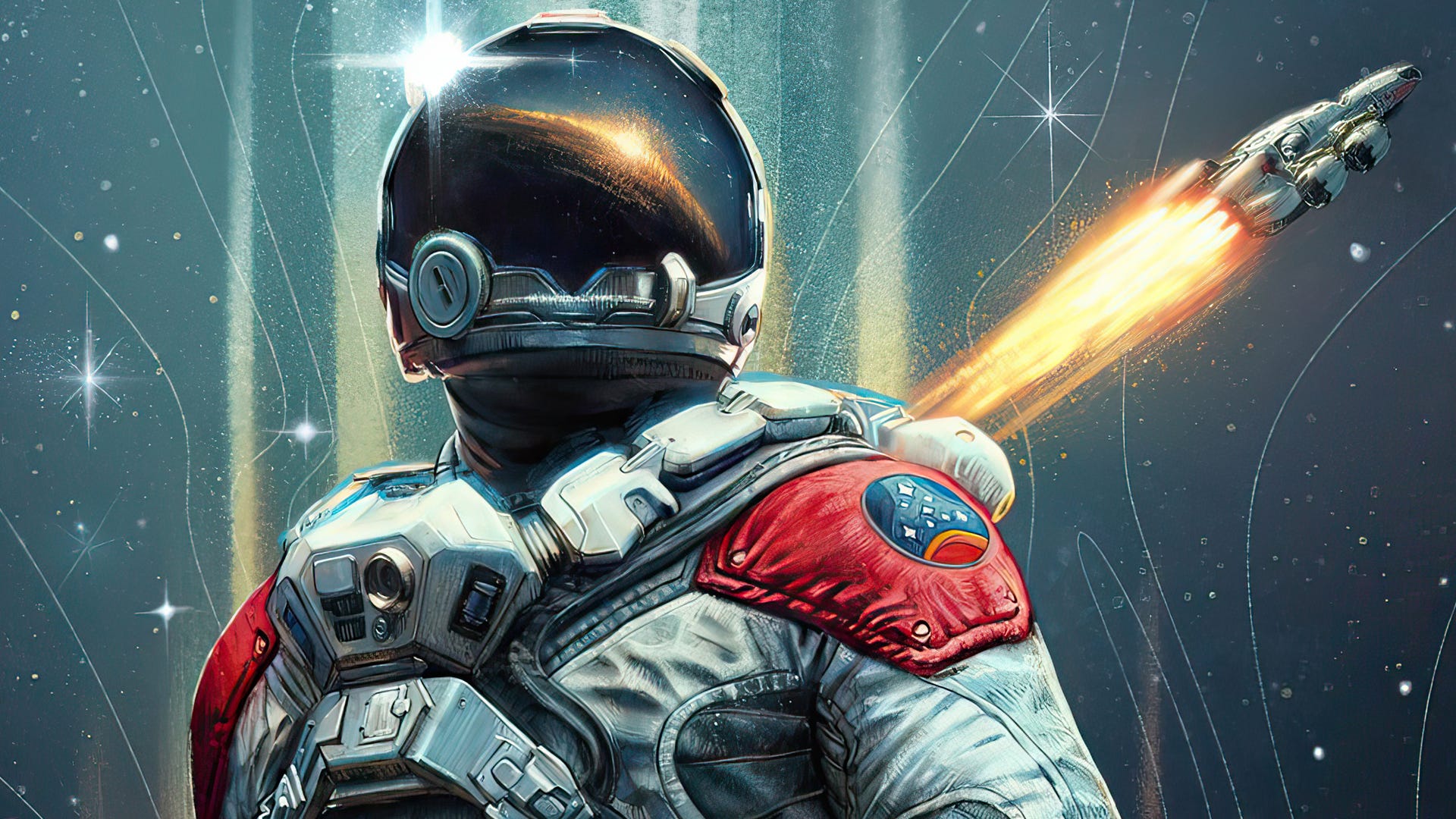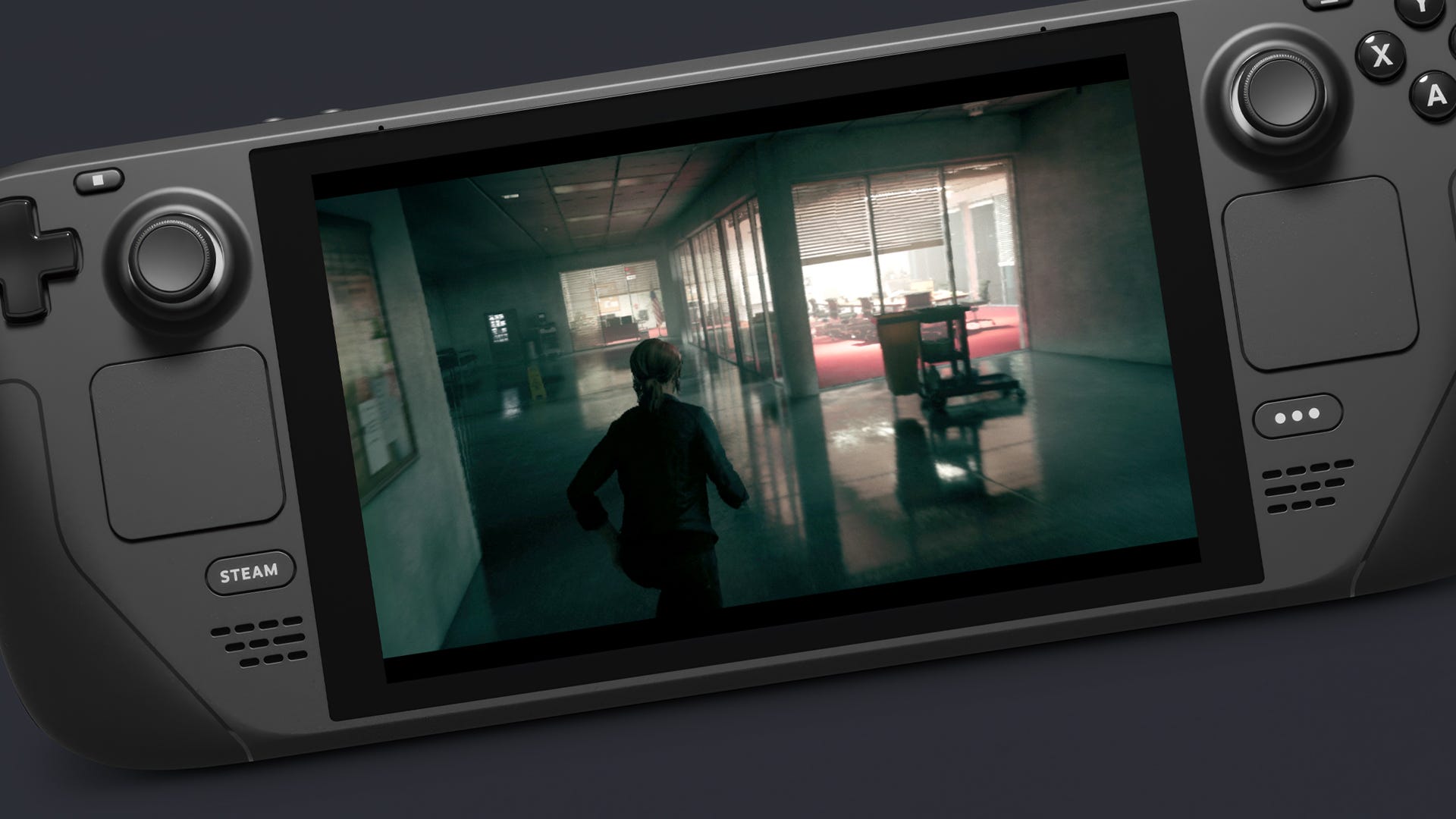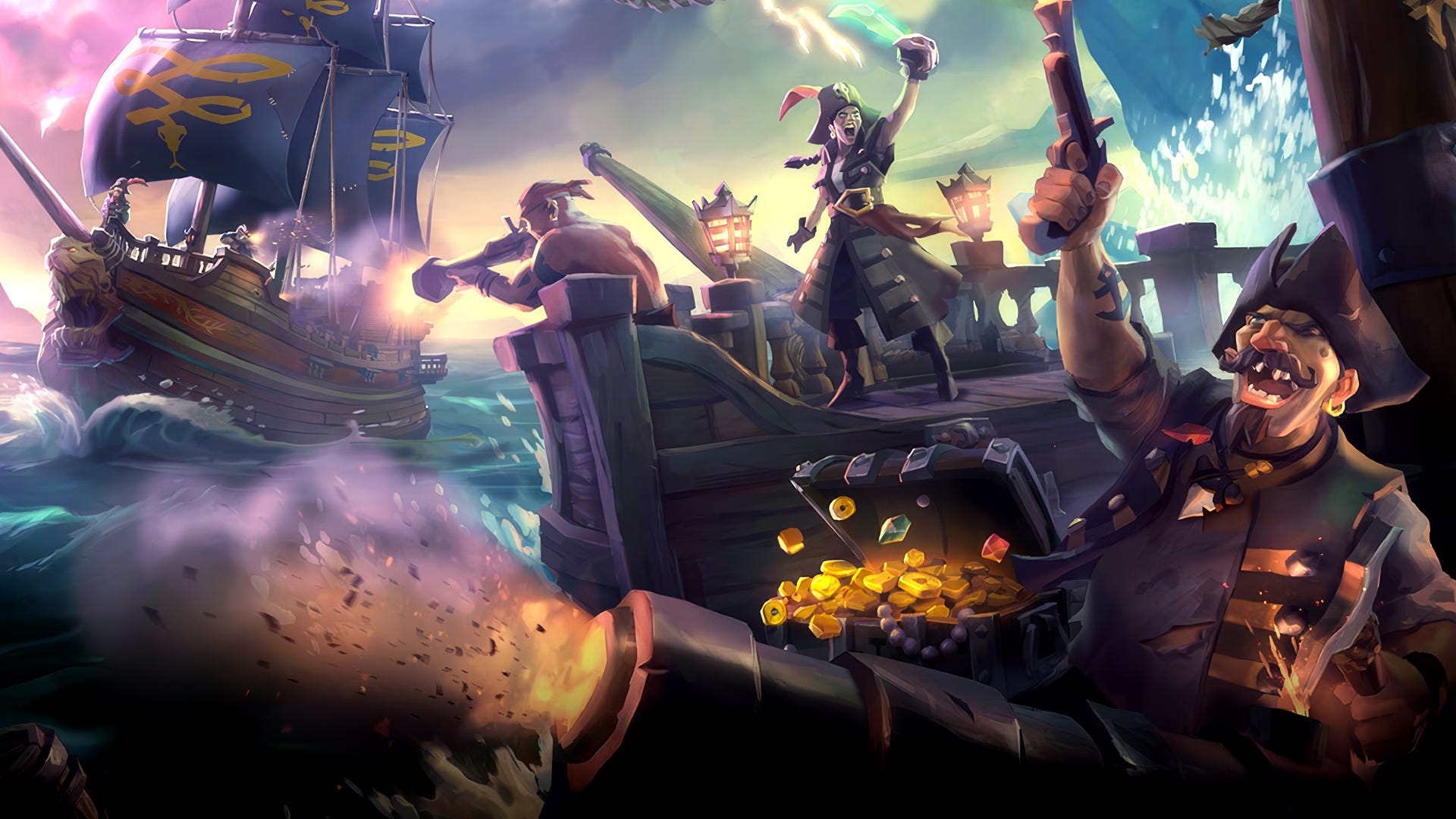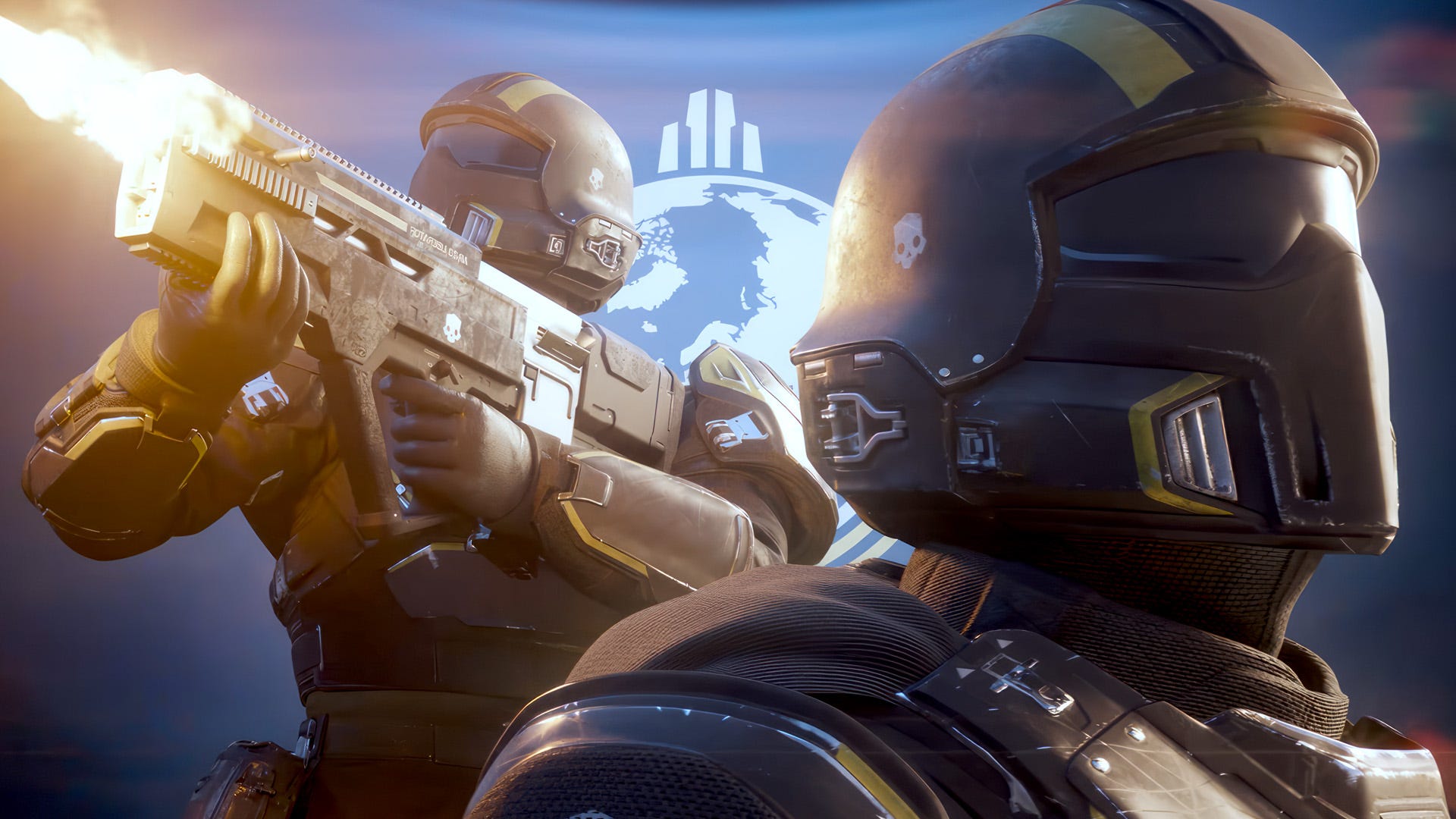Warhammer 40K: Space Marine 2 - a technologically ambitious sequel that can look stunning
Warhammer 40,000: Space Marine 2 is one of Digital Foundry's most eagerly anticipated games, effectively hitting the beats that made the first series entry so enjoyable. The grand scale of the environments, the dense swarms of tyranids, the absolute carnage of combat - it's all back in Space Marine 2, enhanced by the impressive technical capabilities of the Swarm engine. Focus Entertainment recently shared a preview build of the PC version of the game, and we're eager to share our impressions with you. We're liking what we see - but Space Marine 2 pushes hardware, which poses interesting challenges to the current generation of consoles, especially on the CPU side.
Saber Interactive has taken on development duties for this game, and our first impression is that it's done a fantastic job of capturing the Warhammer 40,000 aesthetic: colossal, heroic figures, massive-scale gothic architecture stretching out into the far distance and an enviable wealth of animated detail in the immediate area. The sense of density is only heightened once you get your first taste of combat: dozens of tyranids rushing you, while hundreds (possibly even thousands more) can sometimes be seen massing in the background.
Density in detail at close range also impresses, though it's not quite to the same extremes as Warhammer 40,000: Darktide. That said, as third-person game up against a first-person experience, that's not actually a bad thing. It works exceptionally well. The emphasis on detail also means that something has to give elsewhere: Space Marine 2 doesn't seem to be using cutting-edge lighting or global illumination technology, but you do get accomplished versions of mature technologies like shadow maps, screen-space reflections and screen-space ambient occlusion, while the GI solution (which does seem pre-calculated or 'baked') does give a good impression of light bounce. The quality of the physically-based materials also works well.


